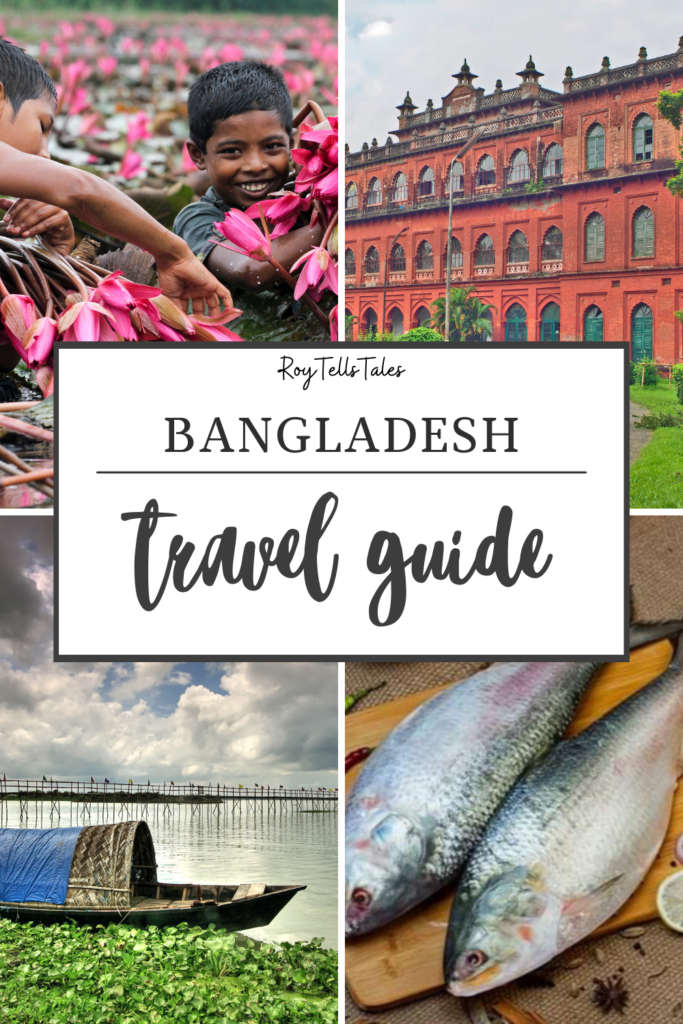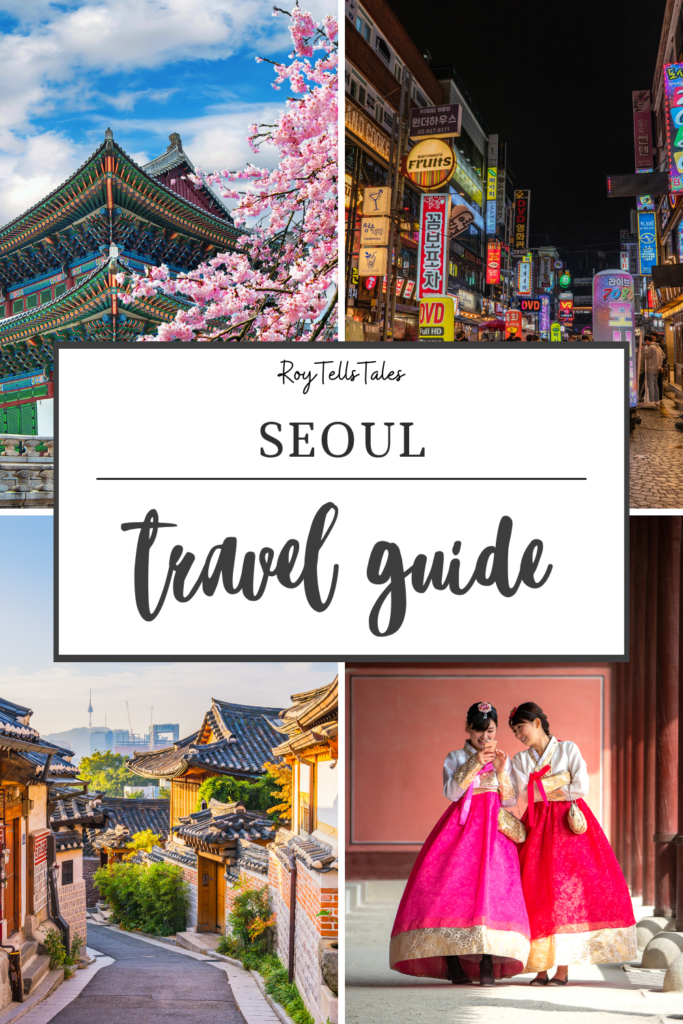

7 Best Local Dishes in Hoi An, Vietnam | A Food Guide
During my two weeks in Hoi An, I discovered a culinary paradise that goes beyond the famous phở, bánh mi, bún chả, and bánh xèo. This ancient town offers a delightful array of local dishes that showcase fresh greens, herbs, fish, and meat sourced from nearby islands and farming villages like Cham Island, Tra Que Vegetable Village, Ba Le Well, and Cam Nam Village.
Once a bustling trading port, Hoi An’s cuisine is a harmonious blend of Chinese, French, and Japanese influences, which will definitely take your tastebuds on a culinary tour! The town’s history as a major spice trading port is evident in its richly spiced dishes, and a meal here is never complete without the ubiquitous chilli sauce, fresh lemon, mint, coriander leaves, and chillies.
Just on day 1, I realized that Hoi An Ancient Town is a food lover’s paradise – with everything from elegant Vietnamese restaurants to charming riverside food stalls, boutique cafes, and street carts, selling delicious local snacks, noodle bowls, curries, and hotpots, coconut coffee, iced latte, a variety of ice cream and much more.
If you are wondering where to eat in Hoi An, I’ve got the answer! Here are 7 best local dishes in Hoi An, that locals love to eat in this remarkable city.
1. Cao Lầu (Pork Rice Noodle)

Cao Lầu or Cao Lau is a noodle dish unique to Hoi An that you won’t want to miss. It might seem like a typical Vietnamese dish at first glance – marinated roast pork slices and fresh green vegetables over rice noodles. However, what sets Cao Lau apart are the specific local ingredients, especially the noodles, which are rarely found outside Hoi An.
These noodles are not just rice noodles! They are soaked in calcium-rich water drawn from the ancient Ba Le Well and mixed with herbs from local trees on Cham Island.
This process gives the noodles a distinctive yellow colour and a firmer texture than other rice noodles. The Ba Le Well, located in the heart of Hoi An, is essential for achieving the authentic texture of Cao Lau noodles. So, trying Cao Lau is a must when you’re in Hoi An. It’s a unique dish you won’t find anywhere else!
Where to eat? – While you’ll find it at every restaurant in Hoi An, you must try the Cao Lau at Morning Glory – it’s the BEST! You can also try the delicious Cao lau at the Lantana Riverside Hotel in Hoi An.
2. Bánh Bao Vạc (White Rose Dumpling)
Bánh Bao Vạc, also known as the White Rose Dumpling, is another must-try dish unique to Hoi An. These delicate steamed dumplings, with their translucent white skin made from rice flour, are filled with minced shrimp and pork and topped with crispy fried shallots.
According to the locals, much like Cao Lau, the secret to these dumplings lies in the water used for the dough, which must be drawn from the ancient Ba Le Well. Adding to their exclusivity, only one family in Hoi An makes and supplies these dumplings throughout the town.
No matter where you enjoy them, they all come from this single source, and the name ‘White Rose’ was given by the French, who thought the dumplings resembled white roses.
Where to eat? – For the freshest and most authentic experience, visit the White Rose Restaurant, run by the original family dedicated to crafting these dumplings.
3. Cơm Gà (Chicken Rice)

Originating from China, Hainanese chicken rice is a staple across Southeast Asia, but in Hoi An, it takes on a unique flair. Known locally as Cơm Gà or Com Ga, this dish is crafted with top-quality rice and farm-raised chickens, reflecting the region’s commitment to fresh, high-quality ingredients.
What makes Hoi An’s version stand out is its distinctive preparation. The rice is cooked in a blend of pandan leaves, chicken stock, and turmeric in wood-fired clay ovens, giving it a pale yellow colour and rich flavour. Each plate of Com Ga comes with a small bowl of clear soup, dipping sauces, and pickled green chillies.
True to Vietnamese cuisine, it also includes fresh greens and herbs on the side.
For me, Com Ga tasted a lot lighter and fresher than the Hainanese chicken rice I’ve had in Singapore, making it a delightful and refreshing culinary experience.
Where to eat? – I had the best Cơm Gà in Cho Hoi An (the local market) as well in Morning Glory.
4. Mì Quảng (Seafood Noodles from Quang Nam)

Mi Quang is a popular noodle dish originating from Quang Nam province, the same region where Hoi An is located. This dish is perfect for summer, with its abundance of greens and minimal broth, making it a refreshing alternative when it’s too hot for a hearty noodle soup.
Mi Quang is a delightful mix of pork, shrimp, boiled quail egg, fried rice crackers, rice noodles, and leafy greens. The shrimp, marinated with the pork, are fried to perfection, adding rich flavour to the dish.
The handmade noodles have a creamy texture, and the crushed fried rice crackers add a satisfying crunch. The boiled quail egg is the standout, elevating the dish to a new level. Topped with peanuts, each bite of Mi Quang offers a delightful crunch.
This dish promises a surprising and delicious experience, making it a must-try when you’re in Hoi An.
Where to eat? – I had a lovely bowl of Mi Quang at Morning Glory Signature, which was delicious and perfectly paired with a glass of chilled beer!
5. Bánh Mì (Vietnamese baguette)

Your trip to Vietnam wouldn’t be complete without trying Banh Mi! This Vietnamese-style sandwich features a variety of fillings, including minced meat, liver pâté, and fresh vegetables like lettuce, cucumbers, and pickled carrots. The bread, reminiscent of a French baguette, highlights the French influence on the region during the colonial period.
Depending on where you’re trying it and what’s there to offer, you can pick from all sorts of tasty meat fillings for your Banh Mi – think of anything from roasted pork belly, roasted beef, shredded chicken, smoked salmon, grilled sausages, fried eggs, etc!
The reason I enjoyed Banh Mi so much is the contrasting textures in every bite. The bread is crunchy on the outside yet soft inside, the meat is juicy, and the mix of fresh and pickled vegetables adds a fantastic balance.
Where to eat? – Bánh Mì Sum and Bánh Mì Phuong are the two places in Hoi An serving the best bánh mì. Apart from these, I also like All Day Bánh Mì.
6. Bún Thịt Nướng (Vermicelli noodles with grilled pork)

When I think about the food I had in Hoi An, the flavours of a bowl of bún thịt nướng always come to mind. This ‘salad’ of BBQ sliced pork served over greens and cold rice noodles is popular all over Vietnam, even though it’s not specifically from Hoi An, and it’s a must-have whenever you’re here!
Bún thịt nướng is a textural delight. The soft noodles, the refreshing sauce, and the crunchy vegetables create a perfect balance. I absolutely loved it. This dish combines white vermicelli rice noodles, freshly chopped lettuce, sliced cucumber, bean sprouts, pickled daikon, basil, chopped peanuts, and mint.
It’s topped with sweet and peppery pork slices grilled over a charcoal stove. While the dish is quite filling on its own, you can add a side of green chilli, fresh lettuce, and a peanut-based gravy for extra flavour.
Where to eat? – The best places to try bún thịt nướng in Hoi An are Morning Glory and the tiny open-air stalls by the river in Ancient Town.
7. Rau Muống Xào Tỏi (Stir-Fried Morning Glory with Garlic)

Growing up in Kolkata, West Bengal, I’ve been eating a leafy vegetable called ‘kolmi saag’ (water spinach) since I was a kid. To my surprise, I found it in Hoi An. Almost every restaurant had it on their menu, and I soon realised that ‘morning glory,’ as they call it, is an integral part of their diet.
Growing wildly in the region, morning glory is usually consumed with sticky rice and is a favourite amongst locals. Needless to say, the classic Vietnamese stir-fried morning glory with garlic makes a nutritious and delicious side dish.
Where to eat? – I absolutely loved the flavours in Châu Kitchen & Bar, and also at Morning Glory Signature.
Apart from these dishes, there are two beverages that the locals love to drink in Hoi An, which have now become quite popular among travellers as well.
1. Herbal Iced Tea at Mót Hội An
Since our first evening in Hoi An, we passed by this place several times and always wondered why it was so crowded! Curious, I looked up Mót on Instagram to see what they were selling and discovered their famous iced tea. Truth be told, it was a super soothing drink, perfect for sipping while walking around the Ancient Town on a humid evening!
The drink was absolutely refreshing and delicious, ideal for the hot weather. I’m not sure of all the ingredients, but it tasted a lot like a honey lemon and lemongrass drink.
I especially loved how it was served with a lotus petal, in an unlined paper cup, and with a lotus stem straw instead of plastic!
2. Coconut Coffee
There wasn’t a single day in Hoi An when we skipped having a glass of coconut coffee! Every cafe in this UNESCO Heritage Town has its own version, and we couldn’t get enough of them. Coconut milk is poured into a glass of coffee decoction and mixed until it reaches a rich, creamy consistency.
It’s then topped with whipped cream and bits of crushed ice to cool and thicken the mixture. Sweetened with sugar, the chilled coconut milk cuts the bitterness of the coffee and adds a sweet, coconutty flavour. In some cafes, they also served it with coconut cream, which I loved.
Where to try coconut coffee in Hoi An? – 25S Cafe, Chu An, Cong Ca Phe, Nourish, and Phe La are just a few places where you can try the best coconut coffee, but there are tons of other good places too!
If you’re planning a trip to Hoi An, these dishes are a must-try for their authentic flavours, and I bet you won’t regret it.
Frequently Asked Questions About The Local Dishes in Hoi An
1. What are the must-try local dishes in Hoi An?
Hoi An is renowned for its distinctive regional cuisine. Some must-try local foods include:
Cao Lau – chewy rice noodles with pork and greens in a savoury broth
White Rose Dumplings (Banh Bao Banh Vac) – shrimp-filled dumplings shaped like a rose
Mi Quang – turmeric-infused noodles with a light broth, herbs, and meat or shrimp
Com Ga Hoi An (Hoi An Chicken Rice) – shredded chicken with turmeric rice and fresh herbs
Banh Mi – Hoi An’s version is known for its crispy bread and flavourful fillings
2. What makes Hoi An’s cuisine different from the rest of Vietnam?
Hoi An’s cuisine is heavily influenced by its multicultural trading history, incorporating flavours from China, Japan, and France. Its use of local herbs, unique noodles (especially Cao Lau), and balance of sweet-savoury flavours sets it apart.
3. Is Cao Lau available anywhere else in Vietnam?
Authentic Cao Lau is only found in Hoi An because it is made using water from a specific ancient Cham well (Ba Le well) and ash from local trees to treat the noodles. The unique preparation can’t be replicated outside the region.
4. Are there vegetarian or vegan versions of local dishes?
Yes, many restaurants in Hoi An offer vegetarian and vegan versions of local dishes. Dishes like Mi Quang, Cao Lau, and even Banh Mi can be made with tofu or mock meat. Look for restaurants like Minh Hien or Vegan Zone for plant-based options.
5. Where can I try the best White Rose Dumplings in Hoi An?
The White Rose Restaurant (run by the family that makes the dumplings for most eateries in town) is the best place to try this iconic dish. The dumplings are handmade using a family secret that has been passed down for generations.
6. What’s special about Hoi An’s Banh Mi?
Hoi An’s Banh Mi is considered one of the best in Vietnam due to its perfectly crisp baguette, flavorful homemade sauces, pickled vegetables, and a variety of meat or vegetarian fillings. Try Banh Mi Phuong (recommended by Anthony Bourdain) or Madam Khanh – The Banh Mi Queen.
7. Are there food tours available in Hoi An?
Absolutely! Hoi An offers several highly rated street food and cooking tours, including evening walking tours, bicycle food tours, and cooking classes. These tours are an excellent way to learn about the ingredients, history, and preparation methods of local dishes.
8. Is Hoi An safe for street food?
Yes, Hoi An is generally very safe for street food. Vendors operate in clean, regulated environments, especially in the Central Market, night markets, and established food stalls. Still, choose places with high turnover and locals queuing up.
9. What’s a good time of day to explore Hoi An’s food scene?
Early evening is ideal for food exploration. Many local eateries and street food vendors start setting up around 4 PM. If you’re looking to explore local markets, mornings (7–9 AM) are the best for fresh produce and local breakfast specialities.
10. Can I learn to cook any of the local dishes in Hoi An?
Yes! There are excellent cooking classes in Hoi An, like Red Bridge Cooking School, Tra Que Garden, and Sabirama Cooking Tour. These classes often include a market tour, a boat ride, and hands-on instruction to prepare dishes such as Mi Quang, fresh spring rolls, and Pho.
(Disclaimer: This post contains a few affiliate links. If you happen to click on any of them and make a purchase, I might earn a small commission, at no extra cost to you. Just know that I truly appreciate your support if you choose to do so.)






















